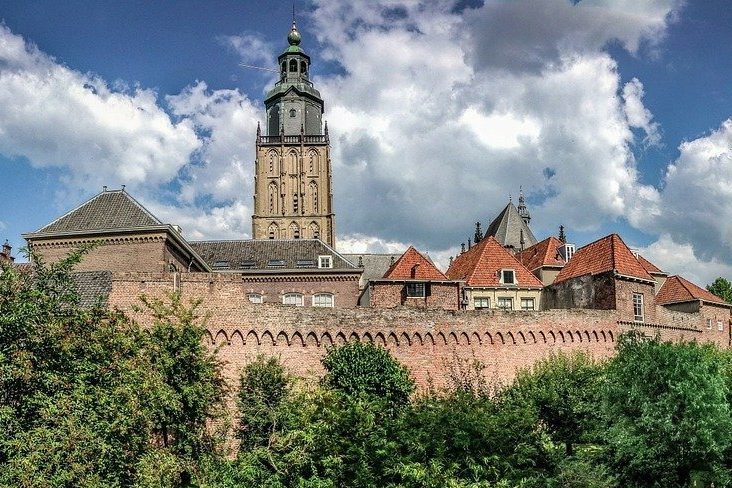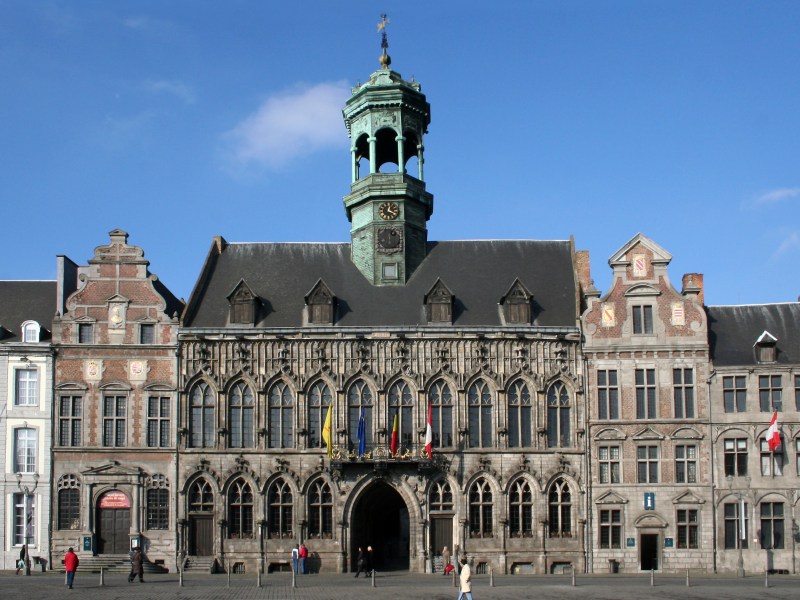Select a Region to Explore in Detail
Brabant
The power of Brabant is evident in the legacy of their building projects. Traces of the distinctive Brabantine Gothic can be seen in almost every Gothic City-Hall, Church, and home in the lowlands. The Renaissance of Antwerp and the later Counter-Reformation styles of the Court in Brussels would all come to define architecture in the lowlands.
Gelderland
The Gelderland here is actually two territories, the lands of the Bishops of Utrecht and the Duchy of Gelre. They represent the strongest ties to the Holy Roman Empire in the lowlands, and the cityscapes reflect this. From Rhenish Romanesque churches to the Holland-influenced classicism, it is a cultural borderland between the Dutch and German-speaking lands.
Hainaut
Hainaut is an Imperial County named after the ancient Franconian Henne-Gau. I also included the Imperial territories of the Bishopric of Cambrai. These French-speaking lands would never fully assert their independence, being passed between different families. Their artistic traditions reflect their role as a borderland between the French and Dutch-speaking lands.
Holland
With ancient Duchy of Brabant subsumed by the Habsburg lowlands, Holland became the most powerful state in the region. Indeed, it would lead the Netherlands on an 80 Year War of Independence culminating with the Dutch Nation achieving status as a international great power. So influential was Holland, that many refer to the entire Netherlands as Holland, despite the state consisting only a fraction of the entire country.
Oversticht
The Oversticht is simply the region of the Eastern Netherlands ruled over by the Bishops of Utrecht. The region is largely uninhabited, famous today for its Communists. The region was so poor that it was denied representation in the States-General. Once upon a time though, it was a land full of castles and villages, and much of this legacy survives today.







